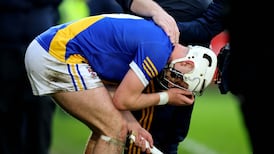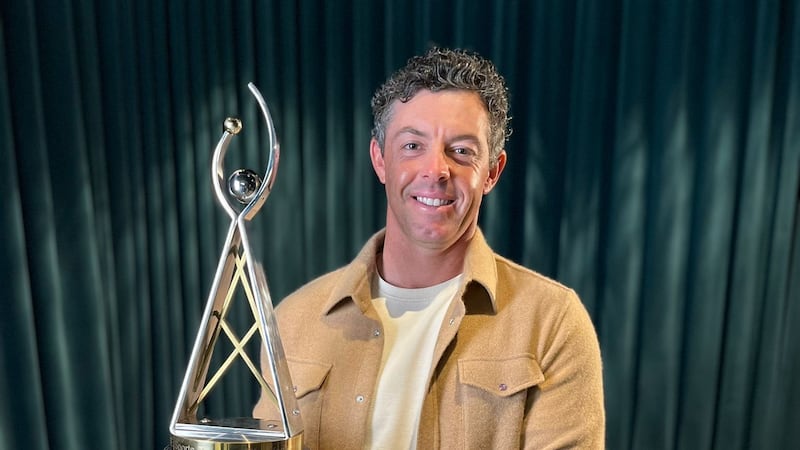Two matches, two venues, five nights apart. Dublin v Kerry in the women’s football championship at Parnell Park last Saturday, Ireland v Zambia in the World Cup warm-up match in Tallaght on Thursday. The boss of the house (aged 8) got to go to them both, the Gah with a dozen of her clubmates, the soccer with her cousin (aged 10). Her parents and her Auntie C were there too but we were bit-part players. We came, we saw, we ate our weight in sweets and crisps.
There’s a different sound that bounces around the place when young girls are at a match in heavy numbers. They are the ultimate hype merchants. Everything is a scream. Score for their team? A scream. Score for the other team? A bigger scream. Hooter goes at the end of half-time to tell everyone to get off the pitch and run back to their seats? Screamadelica.
At Parnell Park last weekend, they saw a hectic, whizzing cannonball run of a game. Kerry built up a solid first-half lead with Louise Ní Muircheartaigh putting in a shimmering, classy evening up front. Dublin came back after the break and when Kerry had two players in the bin late on, Dublin looked like they might force a goal to steal it. The game had it all – huge hits, hellscape running, a nice bit of genuine needle between the two sidelines. Hell of a day at sea.
Our girls ate it up. When it all started to get rowdy and cranky on the pitch near the end, they were all about it. They kept screaming and chanting for their team as they chased down Kerry’s lead, to the point where the woman in the row in front of us eventually turned around and asked them to keep it down a little. She was met with a glorious line of under-8 eyerolls. As if, missus. As if.
READ MORE
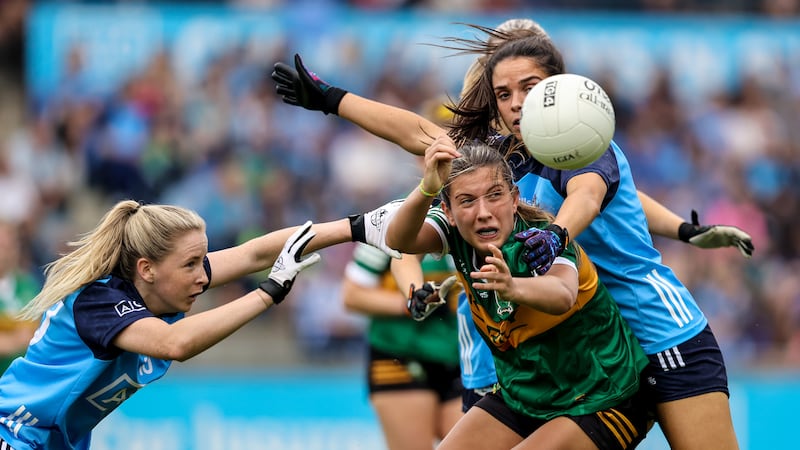
In Tallaght on Thursday, we were seated behind the goal. They spent the first half cheering every touch Courtney Brosnan made and the second roaring in the three Irish goals. When Ireland were awarded a penalty early in the second half, Amber Barrett picked up the ball and made it clear she was taking it. “Amber will definitely score,” was the verdict of the two cousin pundits. “She always scores.”
All around us were families and clubs and gaggles of young girls. In the row behind, a guy was Dadsplaining his way through the evening, gamely laying out concepts like team shape and pressing and the body position of Louise Quinn. His audience hung in there until they could hang no more – a particularly involved explanation of offside was met with first a pause and then a silence and then the killshot: “Can we get curry chips?”
Both nights were the good stuff. Nourishing for the soul. At the soccer, my niece asked for a pen and started noting down the wides, like she would at a GAA match. Who were any of us to tell her she was wrong? Watching kids discover sport is one of the best things it hands out for free. You get to draw your own map, your own way. When those kids are girls, there’s that undeniable little extra oomph to it.
Sandwiched between the two games was the press conference called by the country’s football and camogie players on Monday. Tired of all the nice words and empty talk, they drew their line in the sand. They’ve been waiting on the GAA, the LGFA and the Camogie Association to stop treating them like second-class citizens. Waiting on the basics – mileage, gear, pitches, medical coverage. Waiting, always waiting.
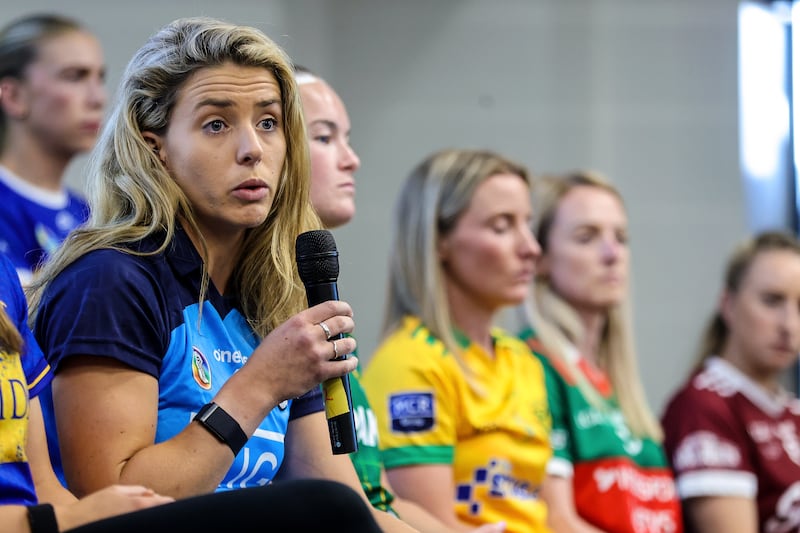
Sport always does this. It’s never enough for the best sportswomen to be good at the games. Sport always forces them to be standard-bearers and pioneers. It turns them into activists for the wider cause, whether they want to be or not. All the strides made in women’s sport over the past decade, all the progress, all of it has needed the weight of high-profile sportswomen to push it along.
And look what has been achieved. The girls screaming their heads off in Parnell Park and Tallaght and everywhere else on these warm summer nights are living in a sporting reality that their mothers never even considered. The mams and aunts of some of the girls telling you that Amber always scores wouldn’t even have known that Ireland had a team back then. This is a different, better world.
In many ways, Can’t See, Can’t Be was the easy bit. No generation of Irish girls has ever had this amount of sport available to them. Finding heroes for young girls to look up to has never been more possible. The work isn’t done but it’s getting done. Normalised. This can only be good news.
There’s a flipside to it though. It’s right there, lurking in that disconnect between the joy of a row of under-8s screaming their heads off at a match and the grind of the women for whom they’re cheering having to sing for their supper at a press conference 48 hours later. And in the girls in Tallaght keening for selfies from a squad of women who can’t make a living playing soccer in their home country.
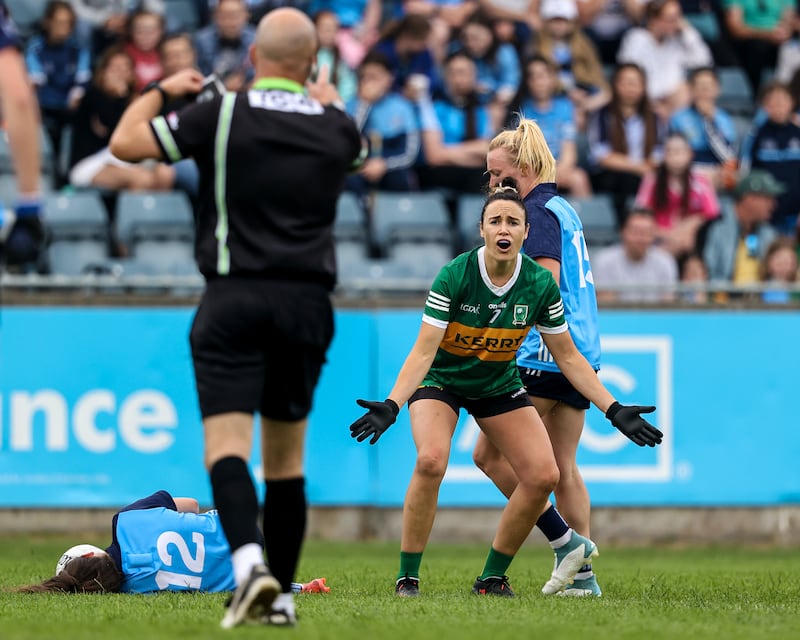
The coming years – decades – are going to be littered with these realities. At one end of the pipeline, we will (all going well) keep pouring more and more young girls into sport, getting them to love it and live it and be it. At the other is a sports world that hasn’t traditionally given a lot of thought to how to welcome them.
That’s going to bring conflict and controversies. Some of it will be about money, some of it will be about fairness, some of it about access. Can we get to a place where football and camogie players can play for their counties without it costing them money? Can we ever grow a professional women’s soccer league? Is it ridiculous to even consider something like that?
Maybe. But a lot of things were ridiculous once – and not so long ago either. Sportswomen are going to keep changing that. It will be an awful waste if sport keeps making it hard for them.






